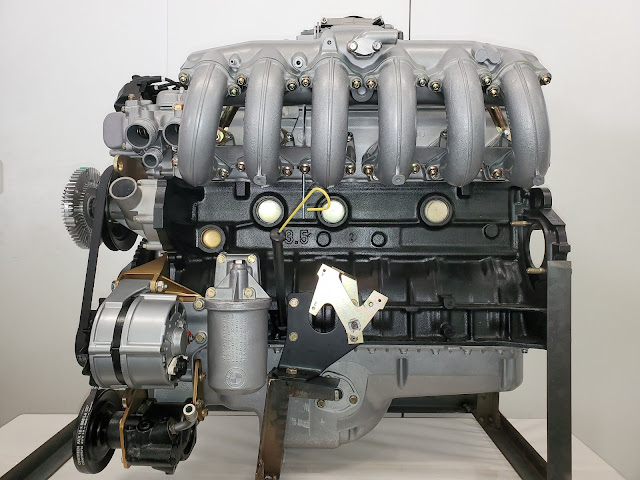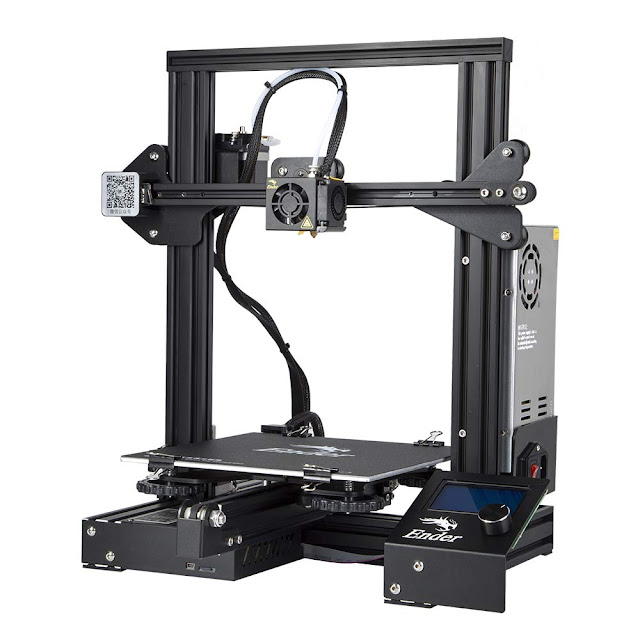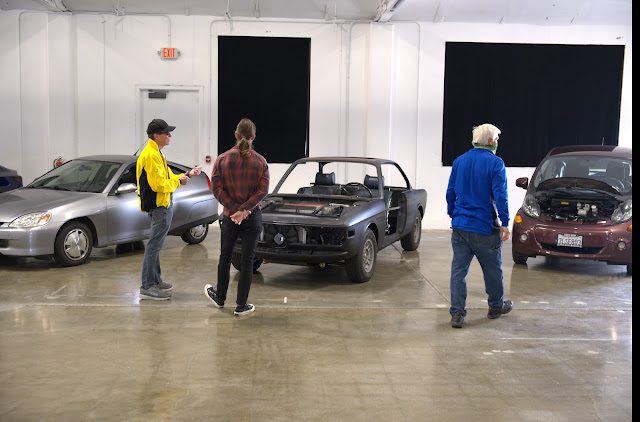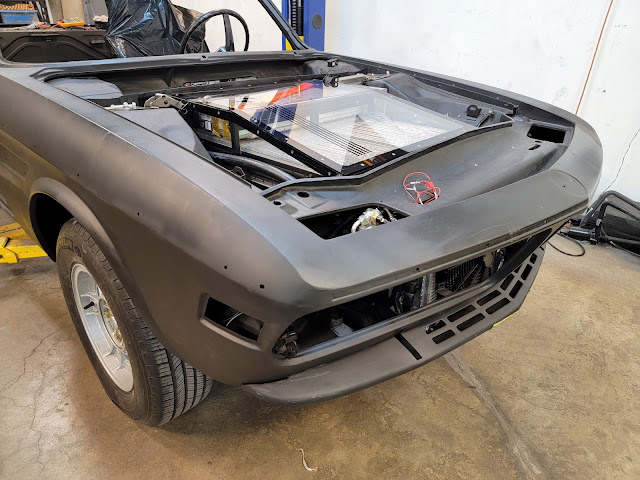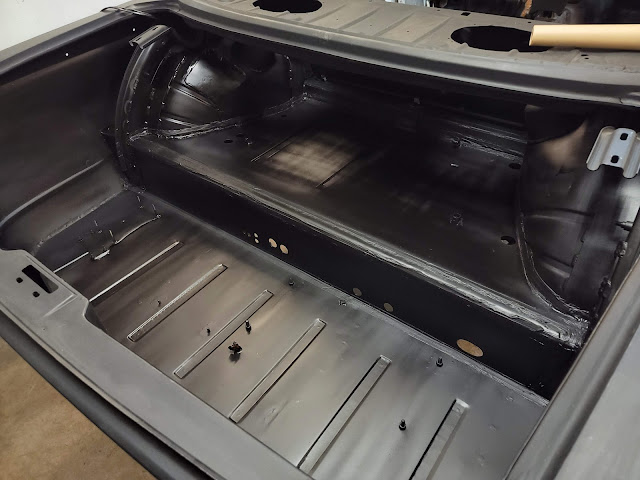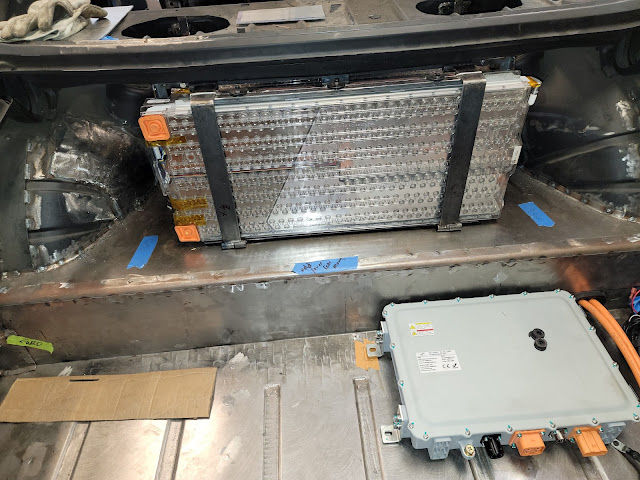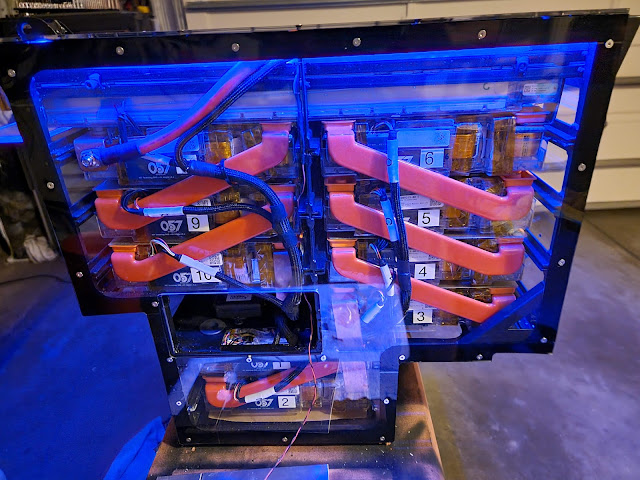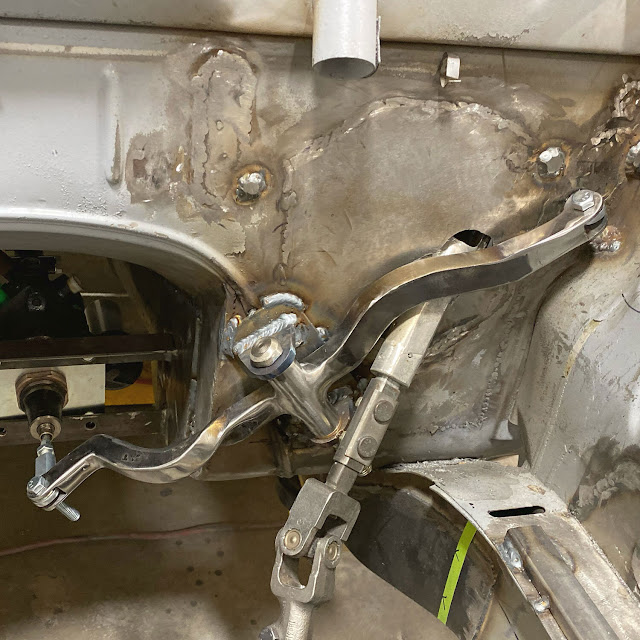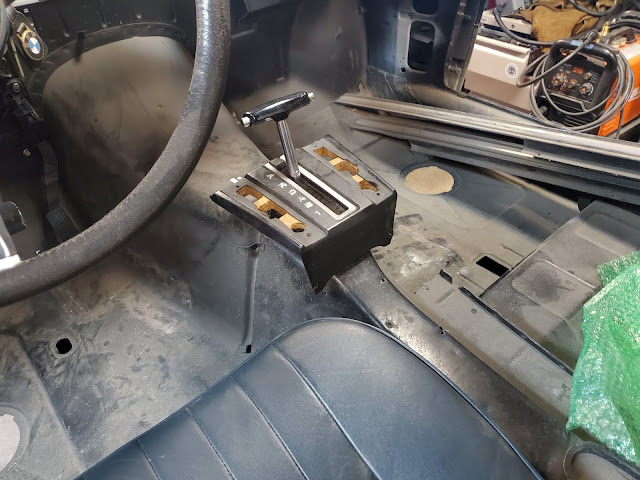Different strokes

As you probably know, I'm not converting just one BMW 3.0 CS coupe to Tesla power but two. One for me and one for my son-in-law, Alex. In fact, I'm involved in a third project for a customer as well. Brett Perkins at P3 Conversions is handling that build and I just consult a bit but I thought it would be interesting to compare how each project has tackled similar problems in different ways.
